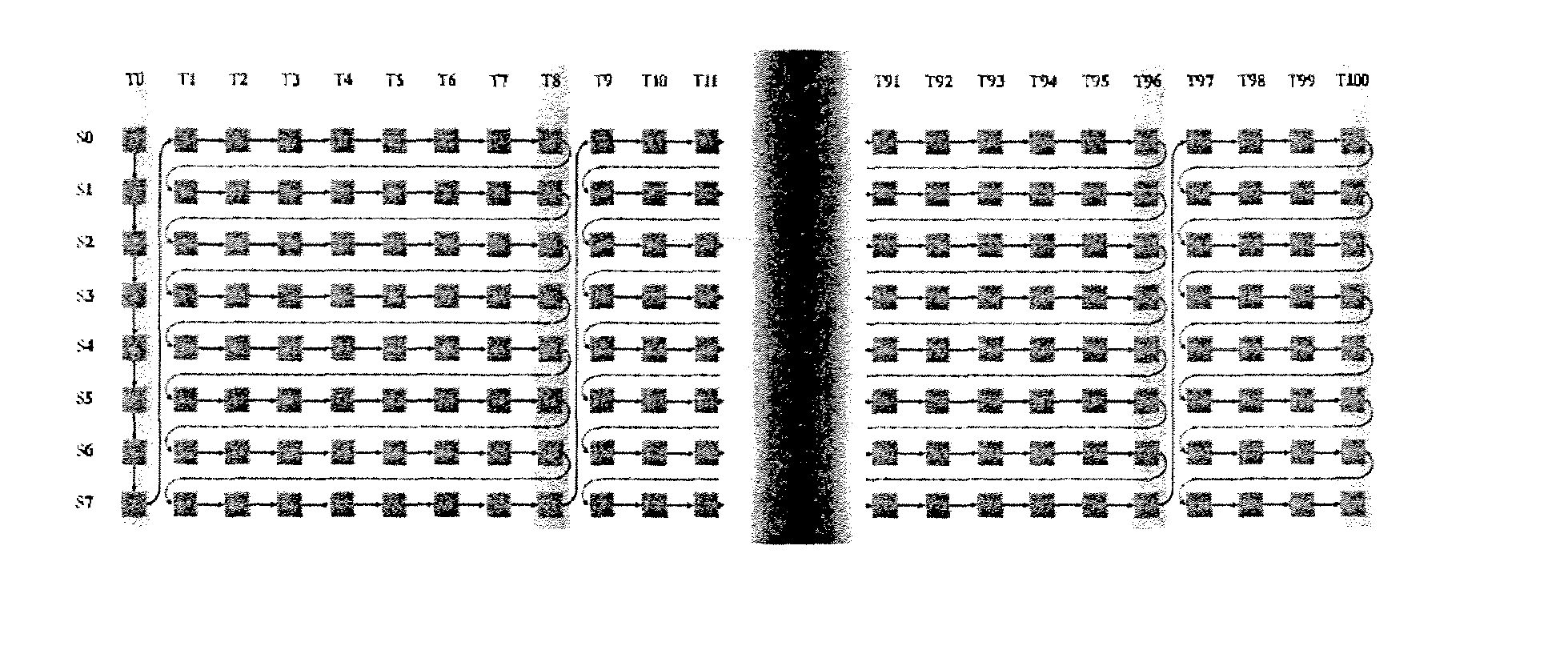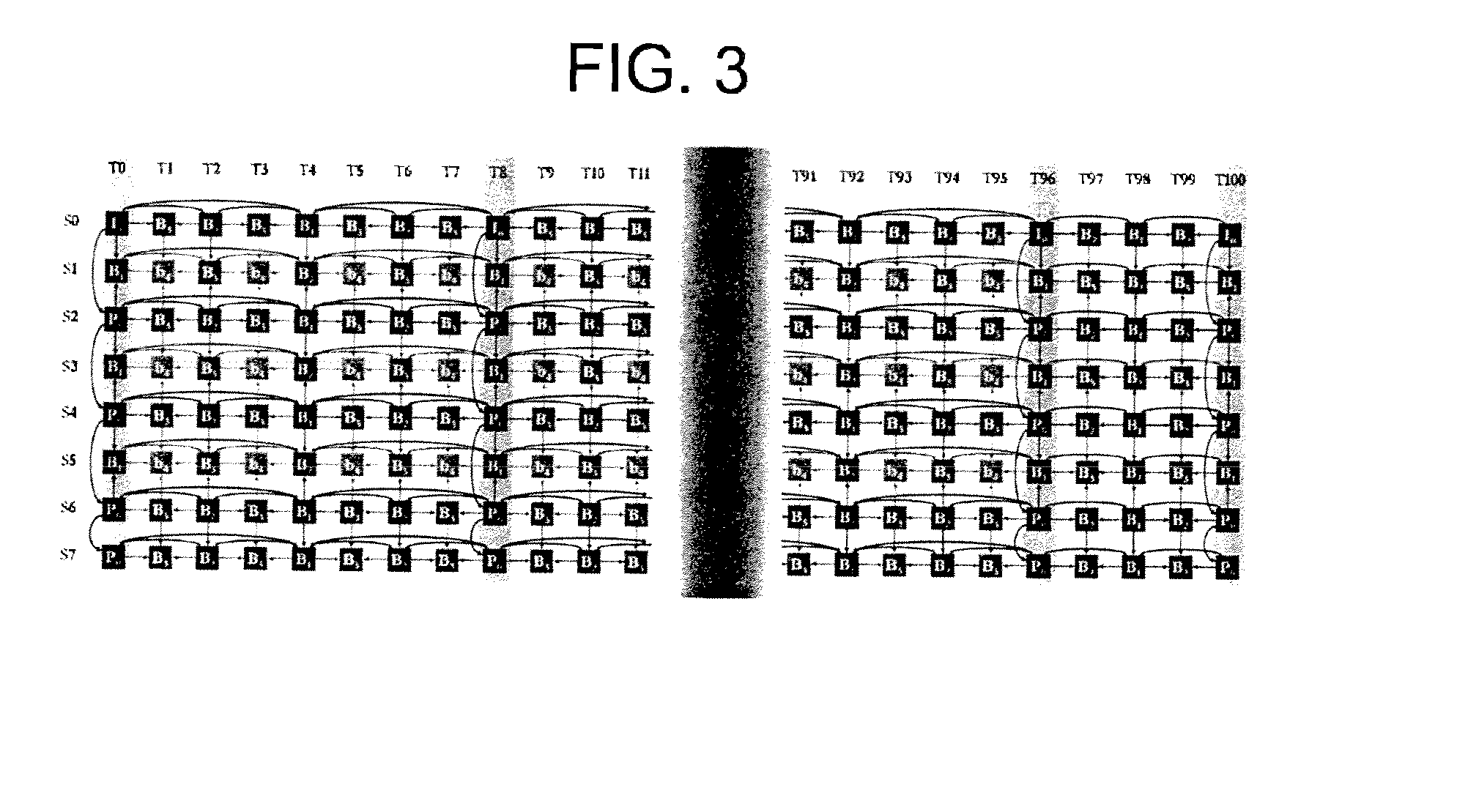System and method for implementing efficient decoded buffer management in multi-view video coding
a multi-view video and buffer management technology, applied in the field of video coding, can solve the problems of not being performed, waste of memory resources, and separate buffers for reference picture buffering and output picture buffering, and achieve the effect of efficient decoded picture buffer management and efficient decoded picture managemen
- Summary
- Abstract
- Description
- Claims
- Application Information
AI Technical Summary
Benefits of technology
Problems solved by technology
Method used
Image
Examples
Embodiment Construction
[0047]FIG. 4 shows a generic multimedia communications system for use with the present invention. As shown in FIG. 4, a data source 100 provides a source signal in an analog, uncompressed digital, or compressed digital format, or any combination of these formats. An encoder 110 encodes the source signal into a coded media bitstream. The encoder 110 may be capable of encoding more than one media type, such as audio and video, or more than one encoder 110 may be required to code different media types of the source signal. The encoder 110 may also get synthetically produced input, such as graphics and text, or it may be capable of producing coded bitstreams of synthetic media. In the following, only processing of one coded media bitstream of one media type is considered to simplify the description. It should be noted, however, that typically real-time broadcast services comprise several streams (typically at least one audio, video and text sub-titling stream). It should also be noted t...
PUM
 Login to View More
Login to View More Abstract
Description
Claims
Application Information
 Login to View More
Login to View More - R&D
- Intellectual Property
- Life Sciences
- Materials
- Tech Scout
- Unparalleled Data Quality
- Higher Quality Content
- 60% Fewer Hallucinations
Browse by: Latest US Patents, China's latest patents, Technical Efficacy Thesaurus, Application Domain, Technology Topic, Popular Technical Reports.
© 2025 PatSnap. All rights reserved.Legal|Privacy policy|Modern Slavery Act Transparency Statement|Sitemap|About US| Contact US: help@patsnap.com



